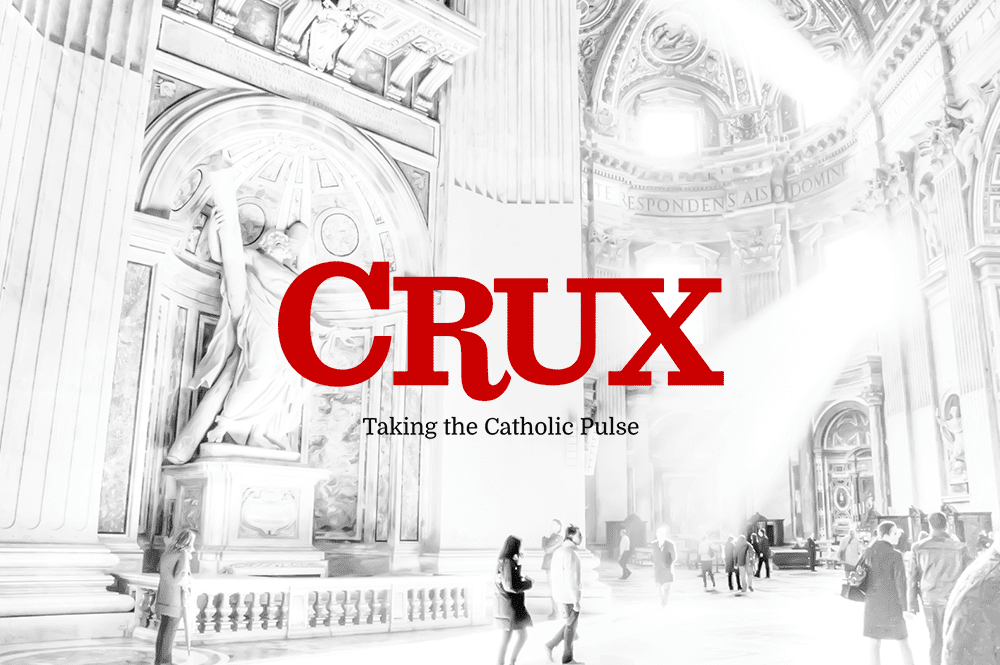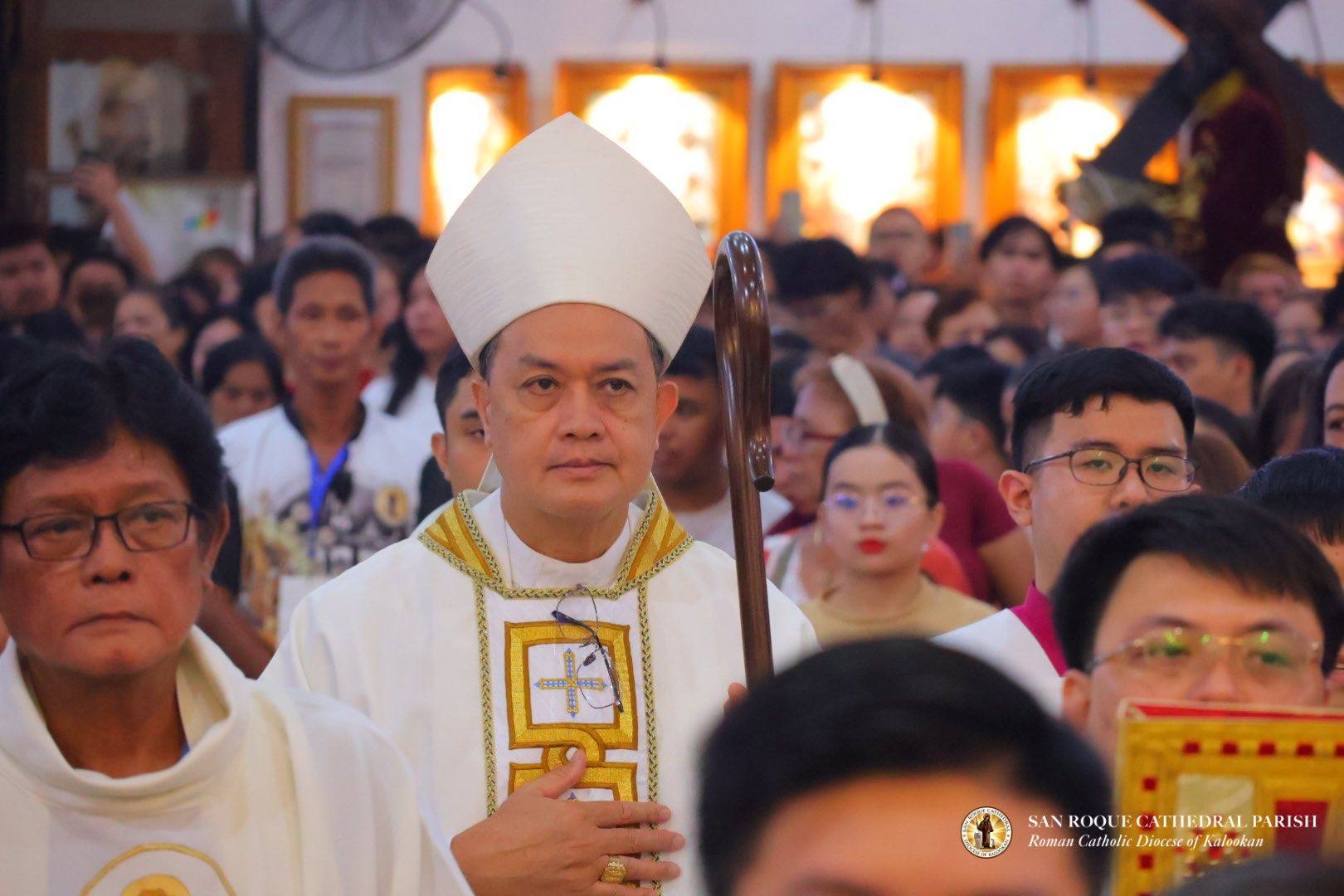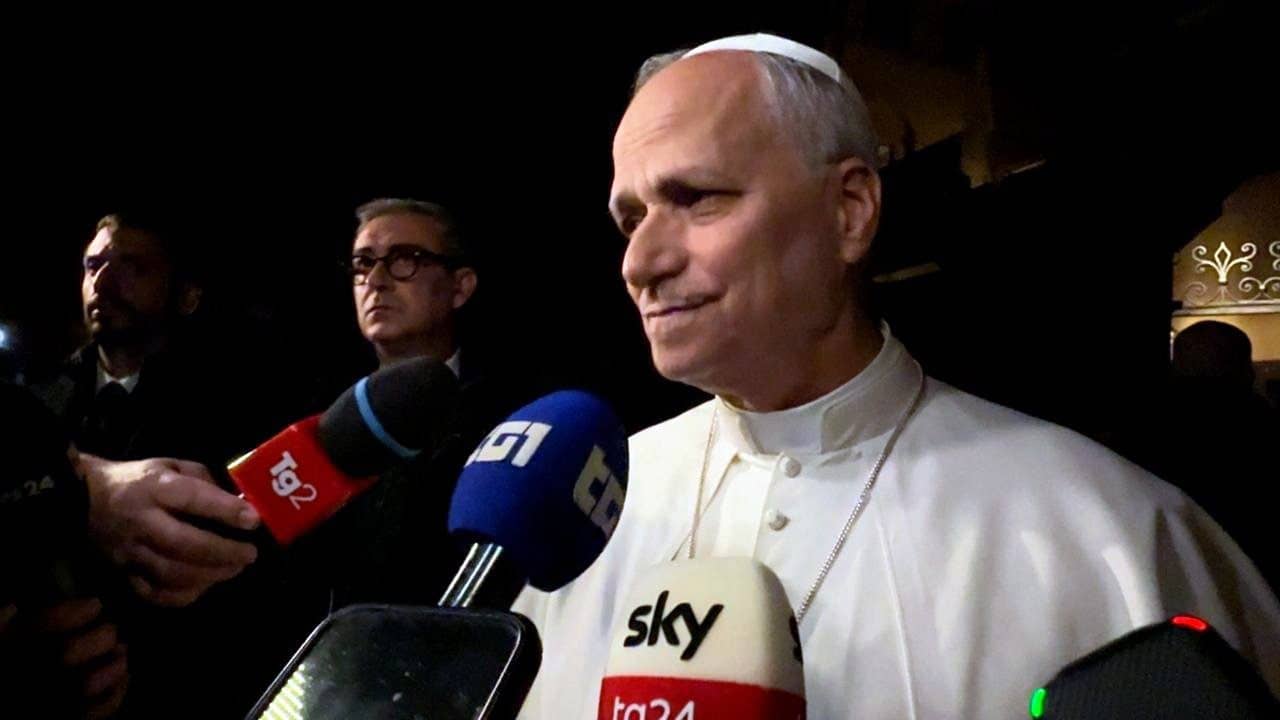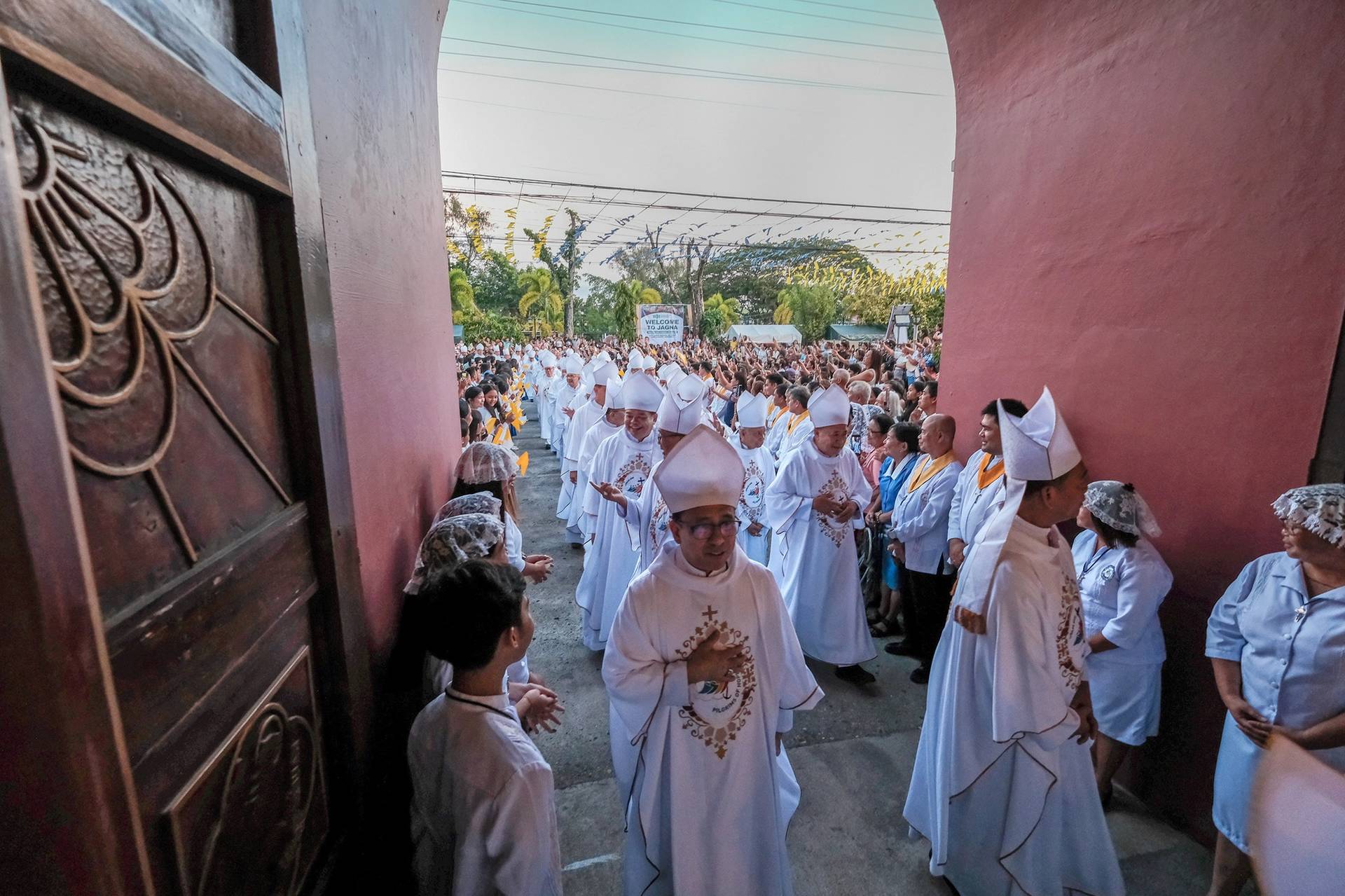Earlier this month, Basilian Father Thomas Rosica, who serves as an English-language aide to the Vatican Press Office, launched a fierce attack on radical traditionalists in the Catholic blogosphere.
As reported by the Catholic News Service, Rosica stated, “Many of my non-Christian and non-believing friends have remarked to me that we ‘Catholics’ have turned the Internet into a cesspool of hatred, venom and vitriol, all in the name of defending the faith!”
“The character assassination on the Internet by those claiming to be Catholic and Christian has turned it into a graveyard of corpses strewn all around,” Rosica said.
He went further with the withering remark, “Often times the obsessed, scrupulous, self-appointed, nostalgia-hankering virtual guardians of faith or of liturgical practices are very disturbed, broken and angry individuals, who never found a platform or pulpit in real life and so resort to the Internet and become trolling pontiffs and holy executioners!..in reality they are deeply troubled, sad and angry people.”
Is Rosica correct, or is the director of Salt and Light media throwing salt in open wounds and generating more heat than light?
To understand his comments, we should remember that there’s some history here. In February 2015 Rosica’s lawyer threatened to sue Canadian blogger David Domet. Domet blogs at Vox Cantoris and is a member of a clan of traditionalist bloggers who trade in sensational accusations about the Catholic Church, of which they claim to be faithful defenders.
Michael Voris’ Church Militant website jumped to Domet’s defense, a major tempest in a teapot blew up, and Rosica’s lawyer backed off.
The traditionalists continued their campaign against Rosica on a variety of other fronts, putting him firmly in their crosshairs.
Are Rosica’s criticisms fair, or is he just licking his wounds and nursing a grudge against sensible, holy and well-meaning Catholic conservatives? Perhaps it is worth letting these folks speak for themselves.
A quick click through David Domet’s Vox Cantoris blog reveals a few common themes. The Holy Father is consistently disrespected, referring to him as “Jorge Bergoglio.” This is common usage across radical traditionalist websites and blogs.
Does this qualify as a “cesspool of venom and vitriol”? Maybe not. But dig a bit deeper into radical traditionalist sites such as Michael Matt’s The Remnant, Steve Skojec’s 1Peter5, or Anne Barnhardt’s blog, and Rosica’s words will not seem like an exaggeration.
Anne Barnhardt, refers to Pope Francis as a “diabolical narcissist,” and in an interview at Creative Minority Report calls the pope a “fag hag.”
The anonymous Mundabor, like most of the radical blogs, calls for Amoris Laetitia to be withdrawn and ponders how a heretical pope might be deposed, while Barnhardt, writing here at The Remnant,writes an incendiary and ludicrous article calling for “all bishops who are true Catholics” to rise up and depose Jorge Bergoglio.
Meanwhile, the shadowy TradCatKnight deals not only in conspiracy theories about the apostasy of “Pope Bergoglio,” but also warns of chem trails, the nefarious Jews, global government conspiracies, the skull and bones club and various other ominously apocalyptic stories.
Novus Ordo Watch chronicles the diabolical machinations of the post-Vatican II church, the invalid resignation of Pope Benedict XVI, church conspiracies and lies about Fatima and the widespread apostasy in the highest levels of the Vatican.
Robert Sungenis, another online character who is very interested in the apocalyptic messages from Fatima, has been accused of being anti Semitic. Sungenis is most well known for his odd geocentrist views.
Is the radical traditionalist blogosphere not only “a cesspool,” but an asylum for Catholic crazies? If readers care that much, I suggest they browse through the named websites and draw their own conclusions.
Rosica may well be right that these are “disturbed, broken and angry individuals, who never found a platform or pulpit in real life and so resort to the Internet and become trolling pontiffs.” The question is, does it matter?
Yes, because there are a large number of Catholics who are lost sheep. It doesn’t take a radical traditionalist to admit that Catholic catechesis over the last fifty years has been weak and often non-existent.
In the wake of the Second Vatican Council, too much preaching and catechesis focused only on peace and justice issues, or presented a subjective and sentimental understanding of the Catholic faith. Pastors and catechists are not the only ones at fault. The Catholic faithful themselves have too often preferred a fuzzy, feel-good message.
Indifference, and indifferentism, have produced a notoriously lax and ineffectual form of American Catholicism.
Catholics who are looking for a faith with rigor, discipline and a tough line are invariably drawn to the traditionalist message. It is possible to find a strong, joyful traditional Catholic witness that combines clarity and charity, and those who relish Catholicism with grit should search out such communities.
Unfortunately, such teachers and parishes are hard to find, and too often the “Church of the Internet” takes over. Self-appointed online teachers fill the vacuum, and a poisonous, self-righteous extremism takes the place of true, simple, and humble piety.
What can be done? Alas, not much.
Observations such as Rosica’s are reminiscent of Jesus’ own words, calling the Scribes and Pharisees “whitewashed sepulchers” and “a brood of vipers.” and look what that got him! The venomous and vitriolic bloggers will most assuredly not accept criticism, but lash back with a fuller fury and loftier righteousness.
Impervious to both gentle reproof and harsh attack, they will, like cornered animals, snarl and bite back.
Therefore, one must shrug, get on with the difficult calling of following Christ the Lord, and remember Rosica’s final comment: “We must pray for them, for their healing and conversion!”















